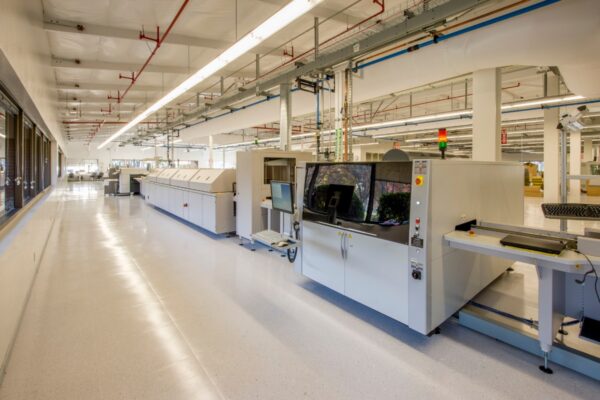What is Burr
In the PCB industry, a burr refers to the formation of rough edges or ridges on a metal piece during the manufacturing process, particularly in cutting operations on sheet metal. When drilling or cutting operations are performed, a ridge or piece of material may be left connected to the drilled hole, resulting in a burr.
Burr formation can have negative effects on the quality and performance of metal parts. Burrs can pose safety hazards as sharp metal edges can cause injuries to operators handling the parts. Additionally, burrs can increase stress during operation, reducing the resistance to fractures and fatigue of the metal pieces. This can lead to premature breaking or wearing out of the parts, impacting their overall lifespan and performance.
Furthermore, burrs can make metal pieces more susceptible to corrosion. The uneven surface created by burrs can create pockets where moisture and corrosive substances accumulate, leading to the degradation of the metal over time. Burr formation can also cause lubrication problems, interfering with the proper application of lubricants on moving parts. This can result in increased friction and wear on the metal surfaces, reducing efficiency and increasing maintenance requirements.
Burrs can also interfere with finishing processes such as powder coating or electroplating. The rough edges and ridges created by burrs prevent the uniform and smooth application of these coatings, resulting in an uneven or imperfect finish on the metal parts.
To address these issues, the process of deburring becomes necessary. Deburring is the removal of burrs from metal parts to enhance their quality and functionality. Various methods can be employed for deburring, including mechanical, thermal, and chemical processes. Mechanical methods involve the use of tools like files, abrasive wheels, or brushes to physically eliminate the burrs. Thermal methods utilize heat to melt or soften the burrs, making them easier to remove. Chemical methods employ chemical agents or solutions to dissolve or break down the burrs. The choice of deburring method depends on factors such as the type of metal, the size and shape of the burrs, and the desired level of precision. Deburring is a crucial step in the manufacturing process to ensure that metal parts are free from burrs and meet the required quality standards.
Frequently Asked Questions
How Do You Prevent Burrs
Regularly maintaining your cutting tools is essential in preventing the formation of burrs. By ensuring that your tools are sharp, have minimal wear, and a clean cutting edge, you can significantly reduce the occurrence of burrs during the processing. On the other hand, using worn and dull tools will result in the production of larger burrs.
How Do You Identify a Burr
A burr can be identified by the sensation of a slight catch when moving over the edge. It is a small piece of waste metal that forms at the edge. To check for a burr, examine multiple areas along the length of the blade. If a burr is present, it indicates that the edge has been sharpened.
What Causes a Burr
Burrs typically arise from various machining processes, including grinding, drilling, milling, engraving, or turning. They can manifest as a thin wire on the edge of a newly sharpened tool or as a raised area on a surface. The latter type of burr often forms when a surface is struck by a hammer.
What Is a Burr Material
A burr material refers to the accumulation of material that forms on the surface of a workpiece during the manufacturing process. It is an excess material that extends beyond the intended surface and has a slightly higher volume compared to the workpiece itself (Beier 1999). These burrs are the leftover uncut material that remains on the workpiece after it has been machined.
How Do You Remove Burrs From Metal
The 5 most frequently used methods for removing burrs and edges from metal include vibratory finishing, barrel tumbling, manual deburring, thermal energy deburring, and electromechanical deburring. Manual deburring involves the skilled use of specialized tools to remove burrs by hand.
What Causes Burr in Sheet Metal
The presence of burrs on sheet metal is a result of various machining processes, including laser cutting, water jet cutting, punched cutting, or plasma cutting. These processes can cause tiny pieces of metal to become attached to the surface of the sheet metal, particularly around the cut edges.





